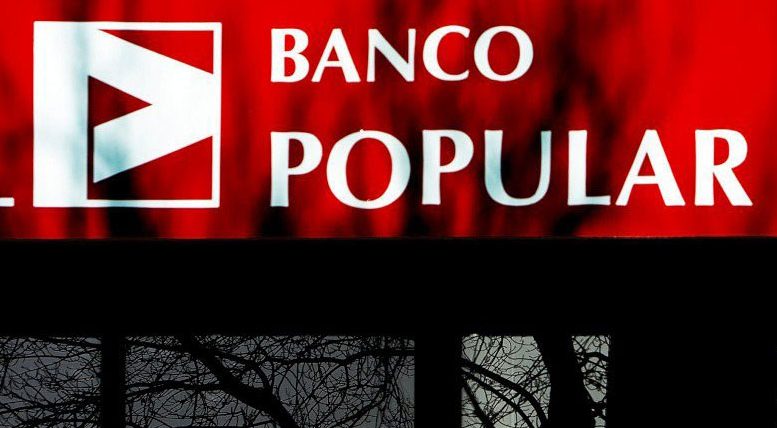Banco Popular is very like those football teams (I don’t need to give any names) which no-one knows what they are playing at. It’s not clear whether the new top management team, headed by Emilio Saracho, is prepared to sell all the assets it can to maintain the bank’s independence, or whether the only option is a merger with another bigger bank. And this is something which the market is beginning to discount.
Speculation is focused on Santander, BBVA and Sabadell as the candidates best placed for this hypothetical tie-up. Caixabank appears to have withdrawn from the ring, although in the past it was one of the most interested parties.
According to the financial and economic daily Expansion, Popular’s new chairman has informed the European supervisory authorities that given the lender’s difficult situation, the best alternative would be a merger (or rather the integration) with another bank. That would allow the buyer to make significant cost savings as a result of branch closures and the cut in central services.
Popular’s share price is very volatile and is up around 8% from its year lows. In 2016, the bank reported losses of 3.485 billion euros after making over 5.6 billion in provisions. This caused the share price to plunge to 0,80 euros on February 24.
Over the last few sessions, the stock price has recovered some ground, and this mini rally has cut the accumulated decline over the year to 6.5%. Market consensus estimates a moderate upward potential from the current level of 0,85 euros/share to 0,93 euros. That said, most firms recommend a “sell” despite the fact the stock price has taken a severe beating.
Banco Popular remains the leading bank for SMEs in Spain, with a market share of 17.7%. SMEs continue to represent over 63% of the group’s annual output. In the last quarter, the bank succeeded in normalising the entrance of bad loans, which declined by 27% from a year earlier. Recoveries have also risen by 88%. This progress is thanks to a large extent to a non-recurrent classification which the bank carried out. That said, the NPLs ratio continues to rise and is now at 14.6%.





